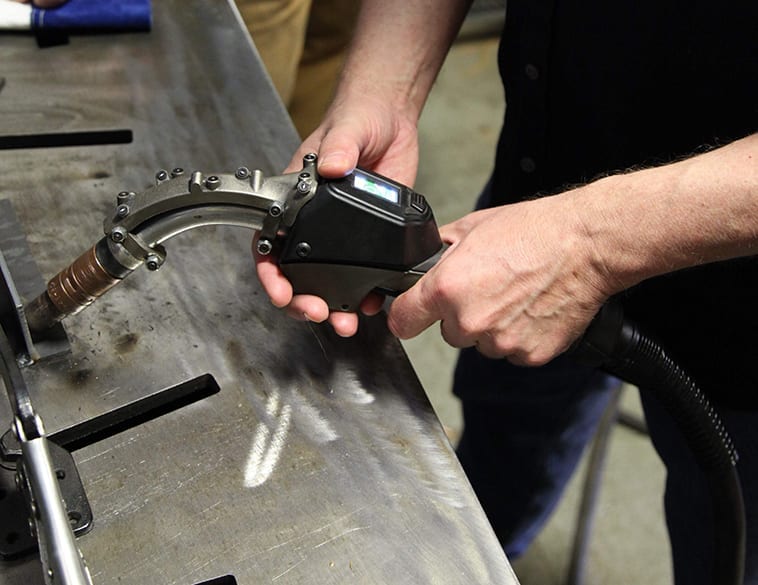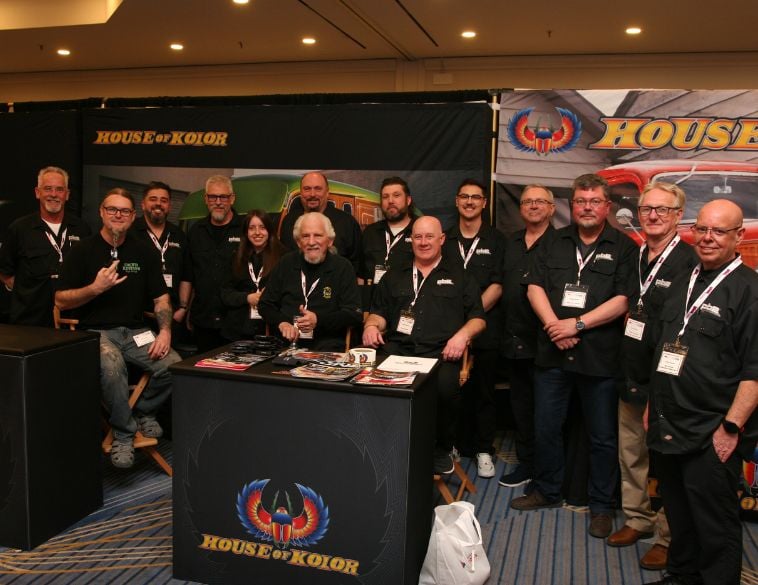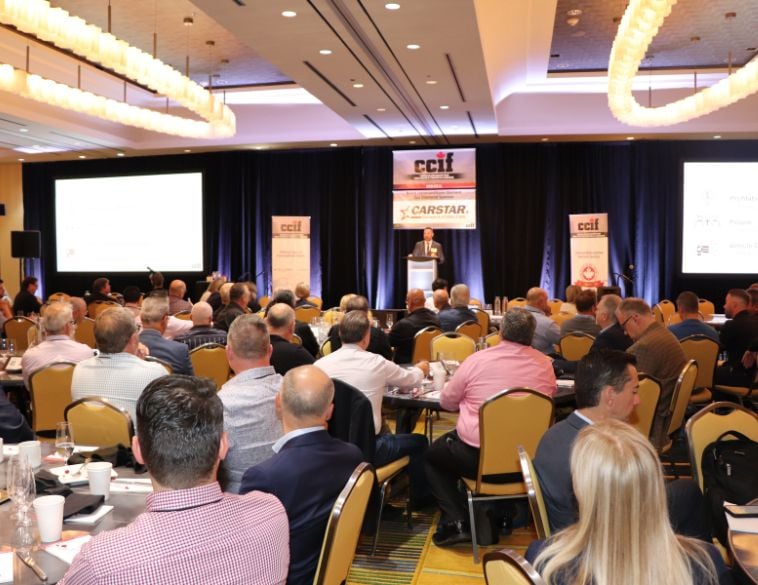Part 1: Training and testing helps technicians get it right the first time.
Why is it important to get a weld right the first time? Not only because it reduces cycle time, but because there might be a greater chance of failure in that weld.
“You don’t want to weld something twice, because it degrades the material around it,” says Stefano Liessi, I-CAR instructor. “If you have to cut it or re-weld it because it wasn’t done properly the first time, it weakens the material even more.”
Making a difference
Using new technology—and using it right—can make a big difference. “The technology now is leaps and bounds ahead of what it was even 10 or 15 years ago,” says Liessi. “People become complacent with what they’re used to. The reality is, once you embrace the technology, it helps incredibly with the quality of the weld, especially when it comes to aluminum and all these other substrates.”
Training is crucial to understanding and making the most of new equipment. “I’m an instructor, but I still have to do test welds before I weld anything,” confesses Liessi. “There are things I have to look up or read. Training makes your job go quicker and better.”
He suggests that techs take some time to fire up the welder and practice a few welds. “On days when it’s slow and you’re standing in the shop doing nothing or there’s a lull between jobs, just practice,” Liessi says. “If you don’t use something every day you don’t become proficient with it.”
Maintenance is key
It’s also important to keep the equipment in good condition. “Keep the equipment tuned up!” he stresses. “Make sure all the components of the welder are in good shape. It’s like changing the oil in your car. You might be a great driver, but if you never maintain the car, eventually you’re taking the bus.”
Liessi has gone into shops where they’ve had the wrong size wire for the wrong size tip, or the gas is not set at the right setting or the spools are not working properly. “If you do some test welds, you’ll know if your welder is working properly.”
Today’s welders can make a tech’s life much easier. “An efficient weld, for a spot or resistance type welder, is one where the tech just has to touch and pull the trigger,” describes Russell Duncan, Director of Sales and Marketing, Canada, Pro Spot. “They don’t have to determine thickness of the material, they don’t have to determine what the material is, or the length of the weld, and they have the ability to prove that the weld passed its own internal test.”
In part two, we’ll look at some specific examples of just how new generation spot welders are not only changing the actual process and quality of the weld, but also boosting efficiency and reducing liability risk.



